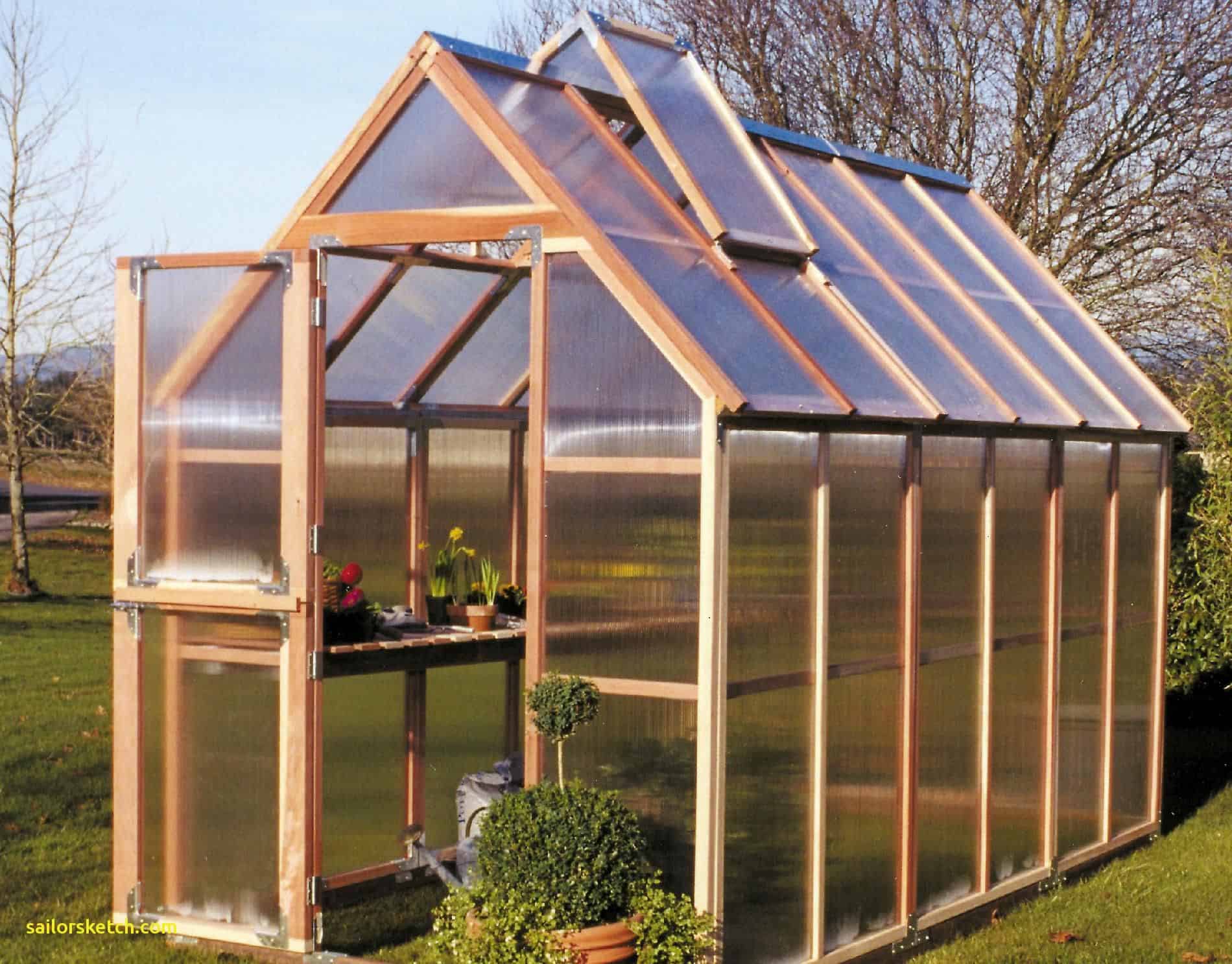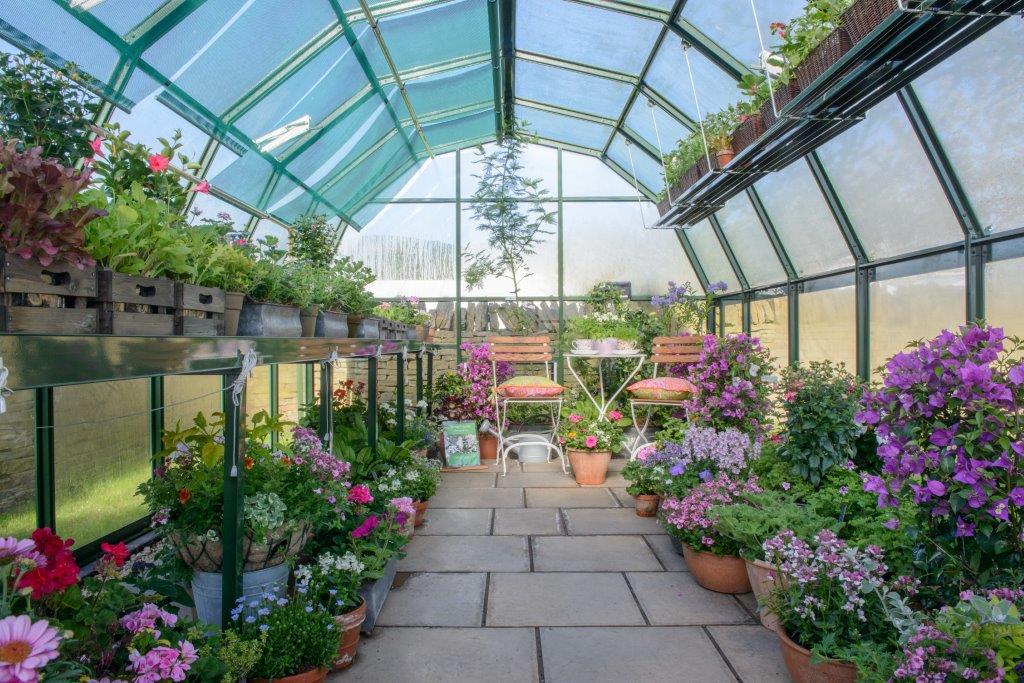Unlocking the Potential of Greenhouse Growing
Greenhouses offer a unique opportunity for gardeners to cultivate a wide range of plants in a controlled environment. By providing a protected space for plants to grow, greenhouses allow for year-round production, regardless of the outside climate. This controlled environment also enables gardeners to regulate temperature, humidity, and light levels, resulting in increased yields and healthier plants. Growing plants in a greenhouse provides an ideal environment for plants to thrive, as it shields them from harsh weather conditions, pests, and diseases. With the ability to control the growing conditions, gardeners can experiment with a diverse range of plants, from tropical species to vegetables and flowers. Whether you’re looking to extend the growing season or simply want to grow plants that wouldn’t normally thrive in your local climate, growing plants in a greenhouse can be a rewarding and productive experience.
How to Create the Perfect Greenhouse Environment
Creating an optimal environment for plant growth is crucial when growing plants in a greenhouse. Temperature, humidity, and light control are three essential factors to consider when designing and maintaining a greenhouse. Temperature control is vital, as it directly affects plant growth and development. Most plants thrive in temperatures between 65-75°F (18-24°C), although some plants may require warmer or cooler temperatures. Humidity levels should also be monitored, as high humidity can lead to fungal diseases, while low humidity can cause stress to plants. Light control is also critical, as it affects photosynthesis and plant growth. Providing the right amount of light, whether natural or artificial, is essential for healthy plant growth. By regulating these factors, gardeners can create an ideal environment for plants to thrive, resulting in increased yields and healthier plants. Additionally, automating these processes through the use of sensors, timers, and climate control systems can help maintain a consistent environment, even when the gardener is not present. By understanding the importance of temperature, humidity, and light control, gardeners can create a perfect greenhouse environment, ideal for growing plants in a greenhouse.
Choosing the Right Plants for Your Greenhouse
When it comes to growing plants in a greenhouse, selecting the right plants is crucial for success. With the ability to control temperature, humidity, and light levels, greenhouses provide an ideal environment for a wide range of plants to thrive. Tropical plants, such as orchids and bromeliads, are well-suited for greenhouse growing, as they require high temperatures and humidity levels. Vegetables, like tomatoes and cucumbers, can also be grown in a greenhouse, allowing for year-round production and increased yields. Flowers, including roses and gerbera daisies, can also be grown in a greenhouse, providing a constant supply of fresh blooms. When selecting plants for a greenhouse, it’s essential to consider factors such as temperature tolerance, light requirements, and moisture needs. By choosing plants that thrive in a controlled environment, gardeners can ensure a bountiful harvest and a successful greenhouse growing experience. Additionally, experimenting with new and unusual plant varieties can add an extra layer of excitement and discovery to growing plants in a greenhouse.
Soil and Irrigation Strategies for Greenhouse Success
When it comes to growing plants in a greenhouse, soil quality and irrigation systems play a critical role in promoting healthy plant growth. The right soil can provide essential nutrients and support root development, while a well-designed irrigation system can ensure plants receive the right amount of water. In a greenhouse, soil can be tailored to meet the specific needs of the plants being grown. For example, a mix with high organic matter content can help retain moisture and regulate temperature fluctuations. Irrigation systems, such as drip irrigation or misting systems, can be designed to deliver water directly to the roots, reducing evaporation and runoff. Additionally, automated irrigation systems can be programmed to water plants at optimal times, ensuring consistent moisture levels. By selecting the right soil and irrigation methods, gardeners can create an ideal environment for plants to thrive, resulting in increased yields and healthier plants when growing plants in a greenhouse. Furthermore, using sustainable practices, such as recycling water and using compost, can also contribute to a more environmentally friendly greenhouse operation.
Pest and Disease Management in the Greenhouse
When growing plants in a greenhouse, pest and disease management is crucial to prevent infestations and infections that can quickly spread and devastate a crop. Common pests that can affect plants in a greenhouse include aphids, whiteflies, and spider mites, while diseases such as powdery mildew and root rot can also be problematic. To prevent these issues, it’s essential to maintain a clean and sanitary environment, removing any debris or weeds that can harbor pests and diseases. Regularly inspecting plants for signs of infestation or infection can also help identify problems early, allowing for prompt action to be taken. Biological controls, such as introducing beneficial insects, can be an effective and environmentally friendly way to manage pests, while fungicides and bactericides can be used to control diseases. Additionally, practicing good hygiene, such as washing hands and tools, can help prevent the spread of pests and diseases. By being proactive and taking steps to prevent and control pests and diseases, gardeners can minimize the risk of infestations and infections, ensuring a healthy and thriving crop when growing plants in a greenhouse.
Greenhouse Maintenance and Upkeep
Regular maintenance and upkeep are essential to ensure a greenhouse runs smoothly and efficiently. A well-maintained greenhouse can help prevent problems, reduce costs, and promote healthy plant growth. One of the most critical tasks is cleaning the greenhouse, including the glazing, frames, and floors. This helps to remove dirt and debris that can harbor pests and diseases, and also allows for maximum light transmission. Pruning and training plants is also crucial, as it helps to promote healthy growth, increase yields, and reduce the risk of disease. Additionally, regularly inspecting and repairing equipment, such as irrigation systems and heating/cooling systems, can help prevent breakdowns and ensure they are working efficiently. Furthermore, implementing a regular schedule for maintenance and upkeep can help gardeners stay on top of tasks and prevent problems from arising. By prioritizing maintenance and upkeep, gardeners can create an ideal environment for growing plants in a greenhouse, resulting in healthier plants, increased yields, and a more successful harvest.
Maximizing Space and Efficiency in Your Greenhouse
When growing plants in a greenhouse, it’s essential to optimize space and efficiency to get the most out of the environment. One effective way to do this is through vertical growing, which involves training plants to grow upwards using trellises, arbors, or wall-mounted systems. This not only increases the amount of space available for plants but also helps to improve air circulation and reduce the risk of disease. Another strategy is companion planting, where different plants are grown together to promote healthy growth and reduce pests and diseases. For example, planting marigolds with tomatoes can help to deter nematodes, while basil and mint can help to repel pests. Additionally, using space-saving containers and shelves can help to maximize the use of space in a greenhouse. By implementing these strategies, gardeners can make the most of their greenhouse’s space, increase yields, and enjoy a more successful harvest when growing plants in a greenhouse.
Troubleshooting Common Greenhouse Growing Issues
When growing plants in a greenhouse, it’s not uncommon to encounter certain challenges. Temperature fluctuations, waterlogged soil, and pest infestations are just a few common issues that can arise. However, with the right troubleshooting techniques, these problems can be easily overcome. For example, temperature fluctuations can be addressed by ensuring proper ventilation, using shading materials, and installing heating or cooling systems. Waterlogged soil can be prevented by using well-draining potting mixes, avoiding overwatering, and implementing a proper irrigation schedule. Pest infestations can be controlled by introducing beneficial insects, using organic pest control methods, and maintaining a clean and tidy greenhouse environment. By being proactive and addressing these issues promptly, gardeners can minimize the impact on their plants and ensure a successful harvest when growing plants in a greenhouse. Additionally, regular monitoring and inspection of plants can help identify potential problems early on, allowing for swift action to be taken. By staying vigilant and taking prompt action, gardeners can overcome common greenhouse growing issues and enjoy a bountiful harvest.







